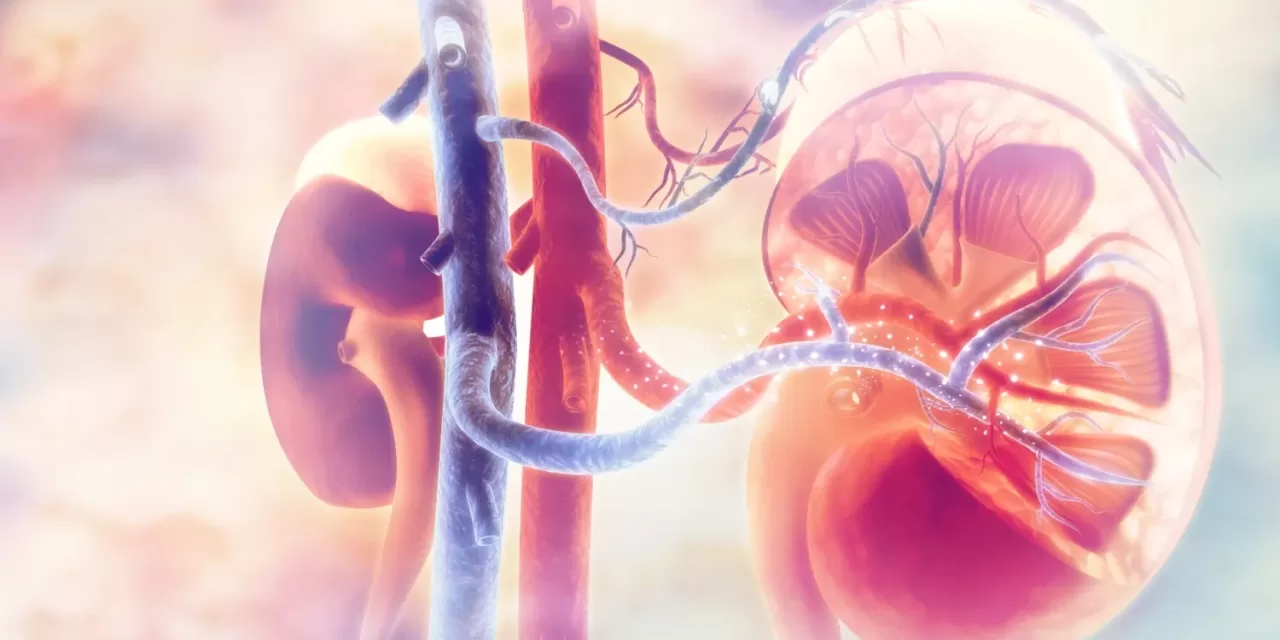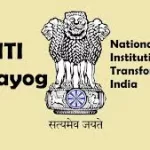A recent study published in The Lancet Diabetes & Endocrinology suggests that using a combination of sodium-glucose co-transporter 2 inhibitors (SGLT2is) and glucagon-like peptide-1 receptor agonists (GLP1-RAs) may provide significant additional protection against heart and kidney disease in patients with diabetes.
SGLT2 inhibitors, also known as gliflozins, help lower blood glucose levels by promoting its excretion through urine. Meanwhile, GLP-1 receptor agonists, such as Ozempic, enhance insulin release and sensitivity. Diabetes-related impaired glucose control is known to damage blood vessels in the heart and kidneys, making effective treatment essential for long-term health outcomes.
The study is based on a meta-analysis of 12 large-scale, placebo-controlled trials of SGLT2 inhibitors involving 73,238 diabetic patients, 3,065 of whom were already receiving GLP1-RAs. The findings indicate that SGLT2is reduced the risk of heart attack, stroke, or cardiovascular death by 11%, independent of GLP1-RAs. Additionally, SGLT2is lowered hospitalizations for heart failure or cardiovascular death by 23% compared to placebo, even when used alongside GLP1-RAs.
Furthermore, the study highlighted the benefits of this combination therapy in kidney protection. SGLT2 inhibitors reduced the risk of chronic kidney disease progression by 33% when combined with GLP1-RAs and slowed the annual loss of kidney function by nearly 60%.
These findings suggest that the dual use of SGLT2is and GLP1-RAs may be a promising strategy for diabetes management, particularly for individuals at high risk of cardiovascular and kidney complications. However, researchers emphasize the need for further studies to confirm long-term benefits and potential risks.
Disclaimer: This article is for informational purposes only and does not constitute medical advice. Patients should consult their healthcare providers before making any changes to their treatment regimen.











